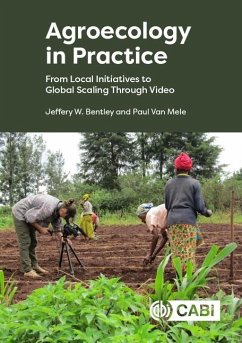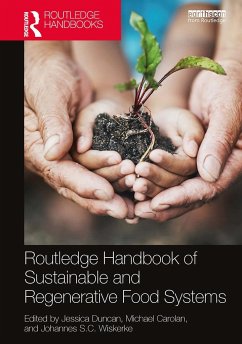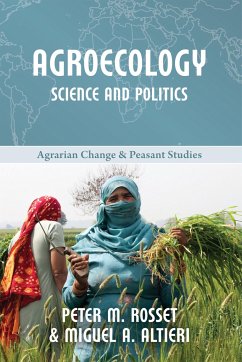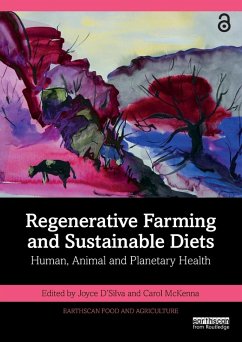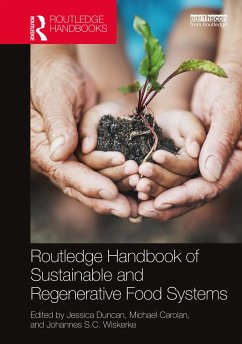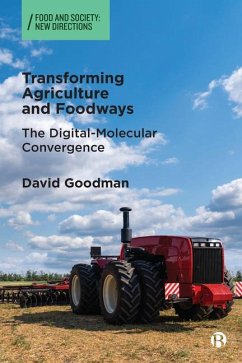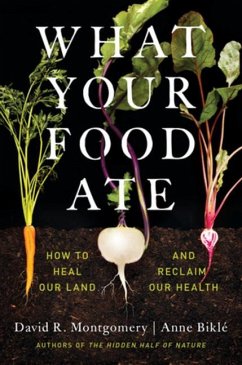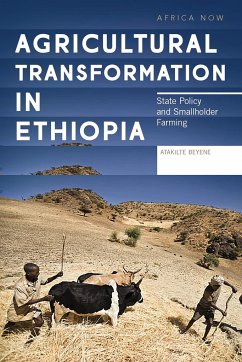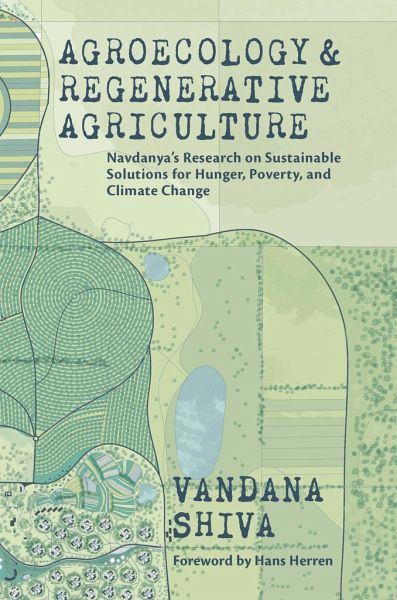
Agroecology and Regenerative Agriculture
Sustainable Solutions for Hunger, Poverty, and Climate Change

PAYBACK Punkte
13 °P sammeln!
This books provides "an interdisciplinary synthesis of research and practice carried out over decades by leaders of the agroecology and regenerative organic agriculture movement. It [analyses] the multiple crises we face due to chemical and industrial agriculture, including land degradation, water depletion, biodiversity erosion, climate change, agrarian crises, and health crises. [It also] lays out biodiversity-based organic farming and agroecology as the road map for the future of agriculture and sustainable food systems. ... With detailed scientific evidence, Agroecology & Regenerative Agri...
This books provides "an interdisciplinary synthesis of research and practice carried out over decades by leaders of the agroecology and regenerative organic agriculture movement. It [analyses] the multiple crises we face due to chemical and industrial agriculture, including land degradation, water depletion, biodiversity erosion, climate change, agrarian crises, and health crises. [It also] lays out biodiversity-based organic farming and agroecology as the road map for the future of agriculture and sustainable food systems. ... With detailed scientific evidence, Agroecology & Regenerative Agriculture shows how ecological agriculture based on working with nature rather than abasing ecological laws can regenerate the planet, the rural economy, and our health"--





